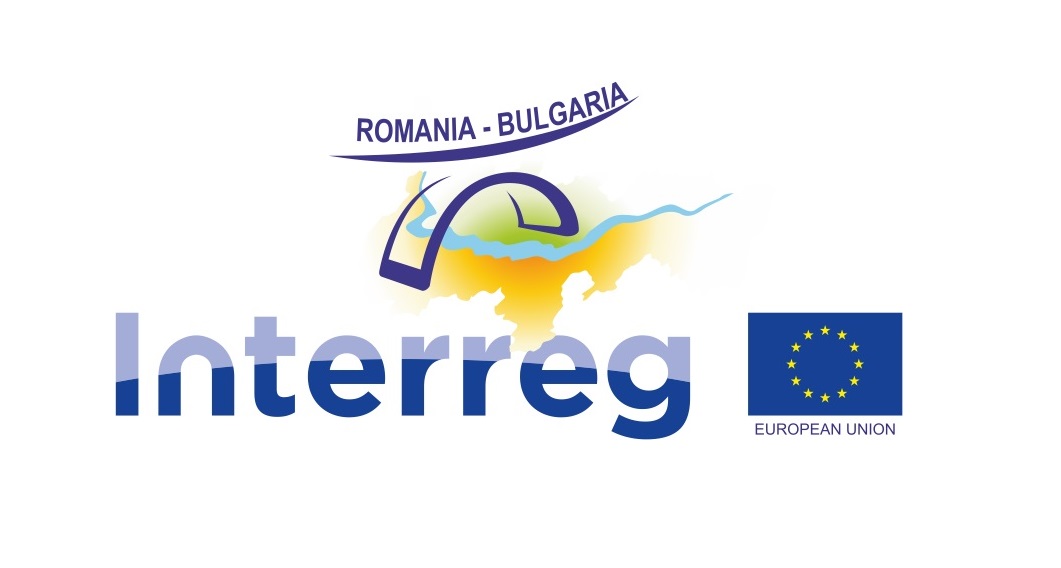Integrated Tourism Product: “Roman Empire – Military Skills and Tactics (One Day Program)”
Venue of the program: Ports of Time Archaeological Park Museum, Roman Era Building and Agora Square, Nikopol city.
What age groups is the program for? The program is suitable for primary and secondary school students, youth and adults.
Program Focus: The purpose of the program “Roman Empire – Military Skills and Tactics (One Day Program)” is to present visually, accessible and interactive historical information about the life and significance of military skills for the people of Roman times.
Topics Included:
1) General information about the Roman Empire and the life of the Romans;
2) Military skills and tactics of the Romans and a close-up representation of a building analogous to those inhabited by the population during the period of the Roman Empire;
3) Demonstration of characteristic clothing, uniforms and weapons characteristic of the time of the Roman Empire, as well as military skills and tactics;
4) Roman Warrior for a Day Interactive Session: Acting out stories from Roman history and engaging visitors to role-play as Romans/Roman warriors, dressing in typical Roman clothing and equipping with typical Roman weapons.
Interesting facts about life during the Roman Empire:
At the beginning of the 2nd century BC, the Balkan Peninsula became the object of the military expansion of the Roman Republic, which after its victory over Carthage established itself as the main political power in the Mediterranean. In a series of military conflicts, the Romans defeated the Macedonian kingdom and turned it into their province (148 BC). Hellas and Illyria also came under Roman rule. In 133 BC the western parts of Asia Minor (province of Asia) were annexed, and in 74 BC the Romans expanded their eastern dominions with the lands of the Thracians of Asia Minor (the province of Bithynia).
The final conquest of Thrace took place in the era of the Roman Empire. The lands along the Danube were conquered after a great campaign by the Roman general Marcus Licinius Crassus in 29-27 BC, at the beginning of the independent rule of the first Roman emperor Octavian Augustus. In the northern Thracian lands, a military district (prefecture) was initially created under the command of the governor of the province of Macedonia, which covered only a relatively narrow strip along the southern bank of the Danube. The lands of the Getae east of the Yantra River as far as the Black Sea coast and the mouth of the Danube River were handed over to the united Kingdom of Odra.
Probably in 15 AD. the conquered Danubian lands were officially formed into a Roman province, which was named Mysia. According to the Roman historian Tacitus, its first governor, Gaius Poppeius Sabinus, remained in office for 24 years. Because of the state border and the legions located near it, the new province was subordinated directly to the Roman emperors, and Latin became the official language.
The inclusion of the Thracian lands in the Roman Empire had a favorable effect on their economic and cultural development in the following centuries. Among the impressive archaeological remains of this long period of economic and cultural upsurge, the most significant are the remains of numerous Roman cities. In the Danubian territories, where until then no significant cities had existed at all, new urban centers began to be rapidly built around the camps of the legions quartered along the border. This is how the large cities of Ratsiaria (near the village of Archar, Vidinsko), Eskus (at the mouth of the river Iskar), Nove (near today’s Svishtov) and Durostorum (near Silistra) arose. A number of other settlements along the Danube bank owe their existence to smaller military units quartered in garrison fortresses; in most cases they had no official city status.
The urban economy was based on the developed craft production, active trade and agriculture in the suburban areas. Some cities in Mysia and Thrace also received the right to mint their own coins.
Cities were important cultural centers. The ancient culture spread throughout the Roman Empire prevailed in them. Decorated city squares, monumental temples and public buildings, theaters, stadiums, public baths, water pipes, sewage, paved streets were built. The archaeological finds from the Roman cities on the territory of today’s Bulgaria – sculptures and reliefs, mosaics, sarcophagi, inscriptions, coins and many others – shed a rich light on the city life and culture during this era.
The cities were connected by a dense network of well-organized and maintained Roman roads. An important role was played by the road along the southern bank of the Danube River, the coastal road along the western coast of the Black Sea and the old road along the Aegean coast – Via Egnatia. The so-called diagonal road passed through Thrace, the most important land road connecting the western and eastern provinces of the Roman Empire.





Comments 0